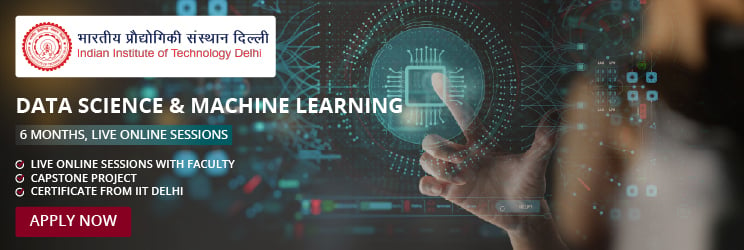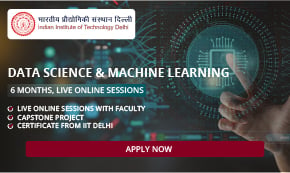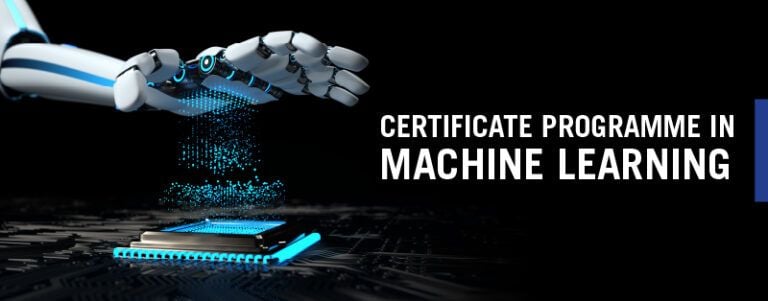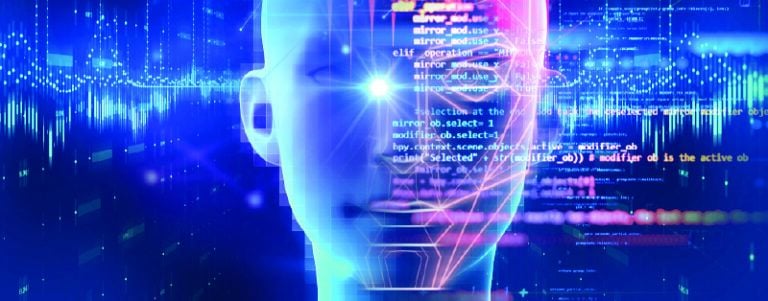A Comprehensive Guide To Supervised Learning Techniques, Pros, Cons, And More

Supervised learning is a type of machine learning that uses labelled data to make predictions. It is used in a wide range of applications, including image and speech recognition, fraud detection, and language processing.
Therefore in this article, we will discuss the techniques used in supervised learning, along with its meaning and the difference between supervised and unsupervised learning.
What is Supervised Learning?
Supervised learning is a kind of machine learning that utilises labelled training data sets to enable algorithms to produce accurate and reliable predictions. Supervised learning techniques are used for identifying patterns, making predictions, classifying data and optimizing processes in various industries such as healthcare, banking, finance, transportation, retail and more. This learning is a crucial component of artificial intelligence (AI), providing the foundation for creating AI applications.
The primary objective of supervised machine learning algorithms is to create predictive models by analyzing existing datasets with known outcomes. Now that you know the meaning of supervised learning, let’s understand its techniques of it.
Techniques Used In Supervised Learning
There are four supervised learning techniques: regression, classification, clustering and reinforcement. Henceforth, each method has its advantages and disadvantages based on the application context.
Regression
These models predict continuous values such as prices or sales volume. They can also be used for feature engineering, extracting new features from existing data. Common regression techniques include
- Linear regression,
- logistic regression and
- Polynomial regression.
Pros:
- Regression models are used to predict continuous values, such as prices or scores. This makes them useful in a wide range of applications, such as predicting stock prices, medical diagnoses or sports results.
- They are able to capture complex non-linear relationships between features and the target values.
Cons:
- Regression models are often sensitive to outliers, which can result in skewed predictions.
- Overfitting is also a concern. If the model is too complex, it may capture patterns in the training data that are not generalisable to unseen data.
Classification
Classification models classify data into different categories based on input values. Supervised learning algorithms such as support vector machines (SVMs) and decision trees can be used for classification tasks. Moreover, these algorithms learn patterns in the training data and use them to make predictions about new datasets.
Pros:
- Decision Trees: This technique uses a branching method to create segmented groups of data points and predict outcomes based on the values of the input variables.
- Logistic Regression: This technique is used to predict the probability of an outcome based on a linear combination of input variables and coefficients in the model.
Cons:
- Overfitting: One of the biggest classification cons is overfitting. This occurs when a model learns the data too well, resulting in low training error but high testing error.
- Data Quality: The success of a classification model often depends on the quality of the data used to build it. If the data is not representative of the problem or has missing values, outliers and noise, then this can adversely affect model performance.
Clustering
This model groups datasets into clusters based on the data’s similarity or distance between points. K-means clustering is one of the wanted algorithms used in supervised learning applications. It works by finding clusters of data that have similar characteristics.
Pros:
- It does not require labels for the data set.
- It can be used to group data points by similarity, making it useful for many applications.
Cons:
- Clustering requires large amounts of data, which can be difficult to acquire and process.
- Clustering algorithms are often computationally intense, which can be challenging as datasets become larger and more complex.
Reinforcement Learning
Reinforcement learning is supervised learning that focuses on an agent’s decision-making process. The agent learns all this by interacting with its environment and receives rewards or punishments based on its actions. Common reinforcement learning techniques include Q-learning, SARSA and Deep Q-Learning.
Pros:
- It can learn from its own mistakes, as it is not dependent on human inputs to make decisions.
- It can discover new strategies by exploring the environment, enabling it to find better solutions over time.
Cons:
- It is computationally expensive and time consuming, as the system must be trained through trial and error.
- It is difficult to determine when the system has learned enough; there may be a long period of time in which reinforcement learning does not result in any progress.
Supervised learning is an essential component of AI and has various applications in various industries. Understanding each technique’s advantages, disadvantages and use cases can help you determine the best suited for your application. Henceforth, supervised learning algorithms are powerful tools that can extract valuable insights from data and create predictive models.
Also, you can learn applied marketing analysis courses to AI for healthcare. The courses offered are to help you develop an edge.
Each supervised learning technique has its strengths and weaknesses, and it is essential to understand the characteristics of each before choosing one for your application. Supervised learning algorithms typically require large amounts of labelled data and can be computationally expensive.
Supervised Learning Vs Unsupervised Learning
Both learnings are different categories of machine learning algorithms. Supervised learning involves using labelled training data to learn patterns in the data, while unsupervised learning uses only unlabeled data and relies on finding patterns without guidance or direction.
In supervised learning, the model being trained is given a set of input variables (e.g., images for an image classification task) and their corresponding output labels (e.g., “dog” or “cat”). By using these labelled examples, the algorithm can learn how to accurately predict the label when it encounters a new input variable it has never seen before.
Supervised techniques can solve problems such as classification (e.g., predicting a categorical label) and regression (predicting a constant value). Examples of popular supervised learning techniques are Decision Trees, Support Vector Machines, Neural Networks, and Naive Bayes.
On the other hand, unsupervised learning uses only unlabeled data to discover patterns in the data. Since no guidance or direction is provided to the algorithm during training, it must explore the dataset on its own to find any interesting relationships between variables. Examples of everyday unsupervised learning tasks include
- Clustering (grouping similar items together)
- Dimensionality reduction (extracting valuable features from high-dimensional datasets)
- Anomaly detection (identifying unusual observations in your data).
Popular methods used for unsupervised learning include K-Means clustering and Principal Component Analysis.
In summary, supervised learning uses labelled datasets to uncover patterns in your data, while unsupervised learning finds patterns without guidance or direction.
Supervised techniques are typically applied when solving classification or regression problems, while unsupervised techniques are used for tasks such as clustering and dimensionality reduction. Both techniques can be effective tools when used appropriately, but it is essential to understand their differences to choose the correct algorithm for your problem.
Wrapping Up
Supervised learning techniques are an essential tool for machine learning and data science. They can help us build models that accurately predict outcomes in various applications, from medical diagnosis to stock market predictions. Supervised learning techniques allow efficient training of models with high accuracy, thanks to the availability of labelled datasets.
With more research and development, these techniques can become even more powerful tools for data analysis and decision-making in the future.
Therefore, if you are looking to expand your career in data science you can choose from a diverse range of data science courses hosted by Emeritus in collaboration with renowned universities.







